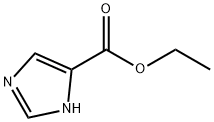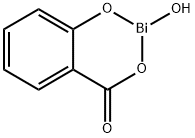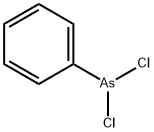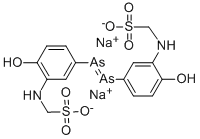Anti-spirochete drugs
Spirochetes belong to a class of Gram-negative prokaryotic microorganisms, appearing as slender, soft, curved as a spirochete and can carry out active spiral movement with its biological characteristics between bacteria and protozoa. According to the number of its spiral, size, shape, etc. they are divided into different genera. Spices of essential pathogenesis to the human being include:
1. Leptospira, has 12 to 18 or more, regular spirals with one end or both ends containing the hook, being able to cause leptospirosis;
2. Borrelia, it has 3 to 10 irregular spirals, mainly being able to cause relapsing fever and Lyme disease; 3. Treponema, it has 8 ~ 14 dense and regular spirals, mainly being able to cause syphilis and yaws.
Spirochetes include outer membrane (cell wall), cell body and shaft filament, 3 parts. Outer membrane protein is the outermost structure of Spirochetes with strong antigenicity, and being closely related with the spirochete virulence and pathogenicity. The outer membrane protein can also cause the host immune response and produce the corresponding antibodies. The axial filament is involved in the movement of the spirochete.
Spirochetosis is one of the oldest infectious diseases in human history, and is still an important infectious disease in China to date. For example, leptospirosis is still threatening the health and life of the majority of farmers in China and some new diseases of the spirochetes, such as the relapsing fever and Lyme disease are also increasing in some areas of China.
Spirochete can enter the human body through small damaged skin part or mucous membrane with a unique spiral movement to cause infection. Spirochetes, after invading the human body, can cause specific skin and mucous membrane damage in the invasive site, and then enter into the blood circulation through the blood vessels or lymphatic system for reproduction, and further invade the corresponding target tissues, organs, leading to different clinical manifestations. Some kinds of the spirochete disease can develop into chronic infection or leave various sequelae.
There are the following several major diagnostic techniques for the spirochetosis:
(1) directly check the spirochete from the blood or skin mucosal lesions, but the positive rate is low, especially when the number of spirochetes is small or there are small amount of specimens;
(2) isolation for culturing spirochete; this has diagnostic value but usually take long time and therefore, being less valuable for early diagnose
(3) serological method for detection of specific antibodies, though has diagnose value, being not applicable to early diagnose.
(4) molecular biology experimental techniques, such as monoclonal antibodies, nucleic acid probes, nucleic acid probes, PCR and so on; the method is sensitive, specific and can be used for early diagnosis, but the experimental requirements are high and should avoid contamination which may result in false positive results.
Spirochetes are susceptible to a variety of antibiotics and there have been no reports about resistant strains to date. A variety of spirochetes, upon being subject to the first treatment antibiotics, can cause Hearst reaction. We should pay attention to the possibility of exacerbations of the disease.
We should take comprehensive preventive measures, such as pathogen control, vaccine prevention, chemical prevention, etc. to prevent and control the occurrence and spread of spirochetosis.
- Structure:

- Chemical Name:Ethyl imidazole-4-carboxylate
- CAS:23785-21-9
- MF:C6H8N2O2
- Structure:

- Chemical Name:BISMUTH SUBSALICYLATE
- CAS:14882-18-9
- MF:C7H5BiO4
- Structure:

- Chemical Name:Arsenic(III) oxide
- CAS:1327-53-3
- MF:As2O3
- Structure:

- Chemical Name:Neoarsphenamine
- CAS:457-60-3
- MF:C13H13As2N2NaO4S
- Structure:

- Chemical Name:PHENYL DICHLOROARSINE
- CAS:696-28-6
- MF:C6H5AsCl2
- Structure:

- Chemical Name:sulfarsphenamine
- CAS:618-82-6
- MF:C14H14As2N2O8S2.2Na